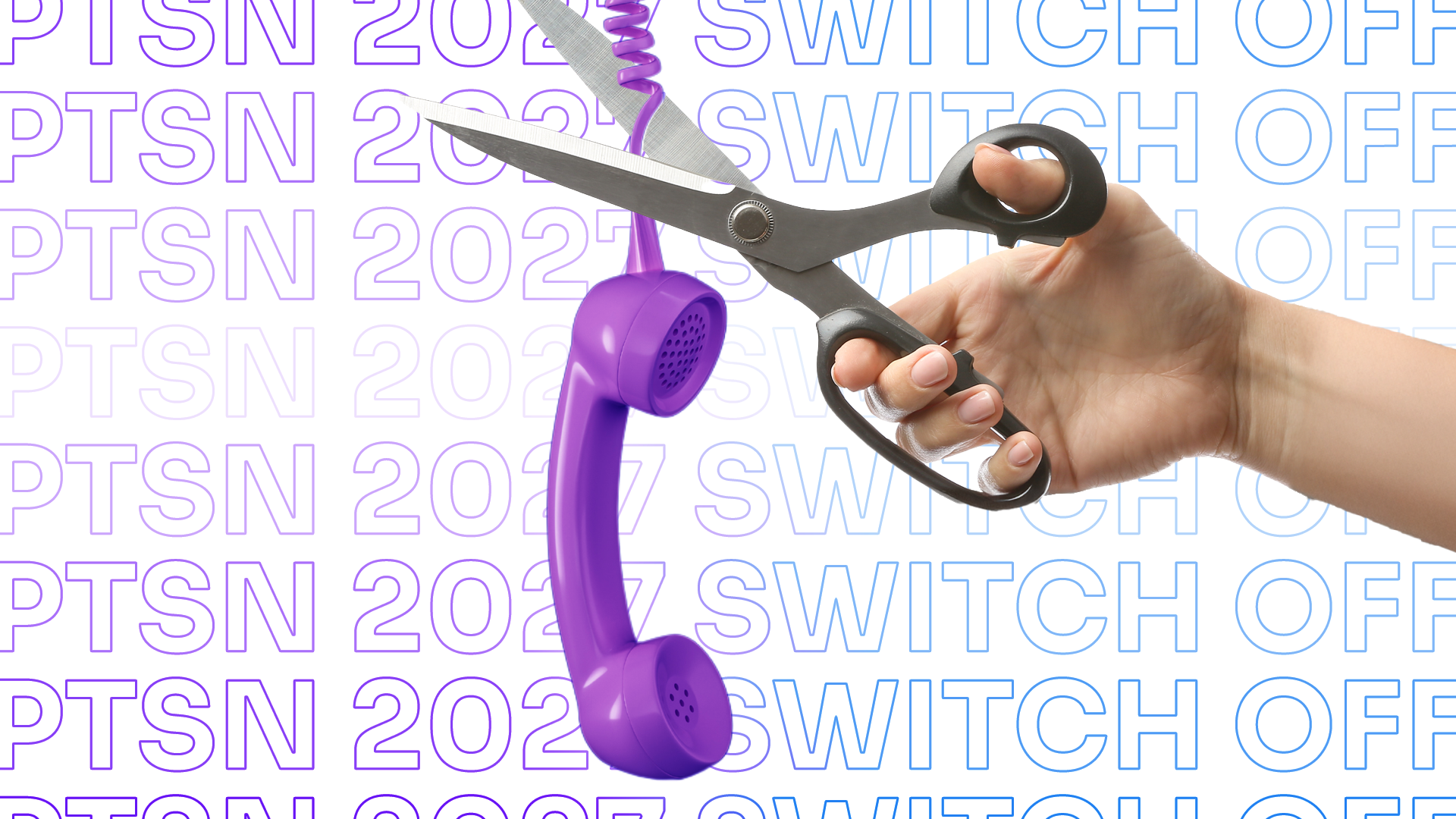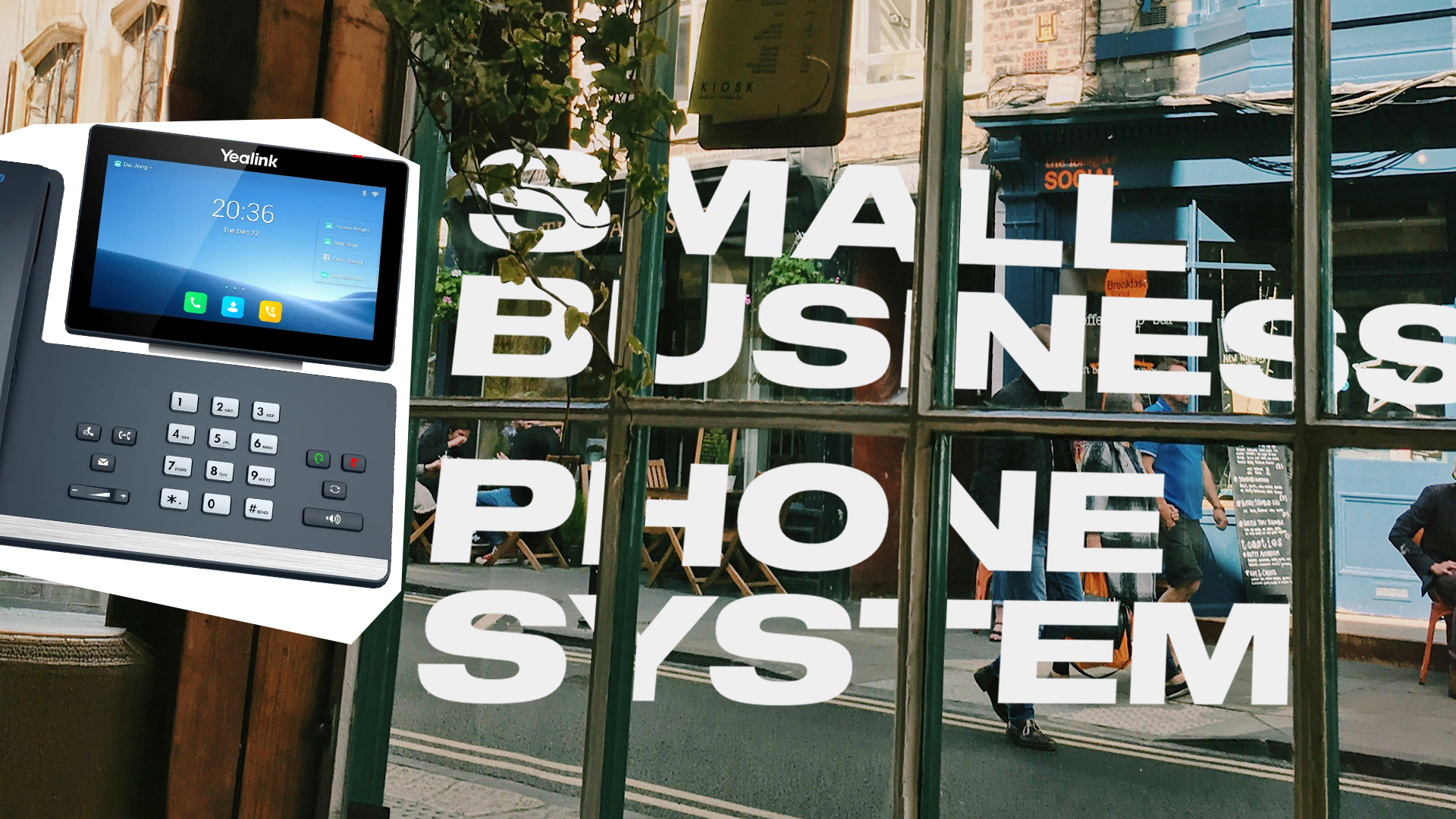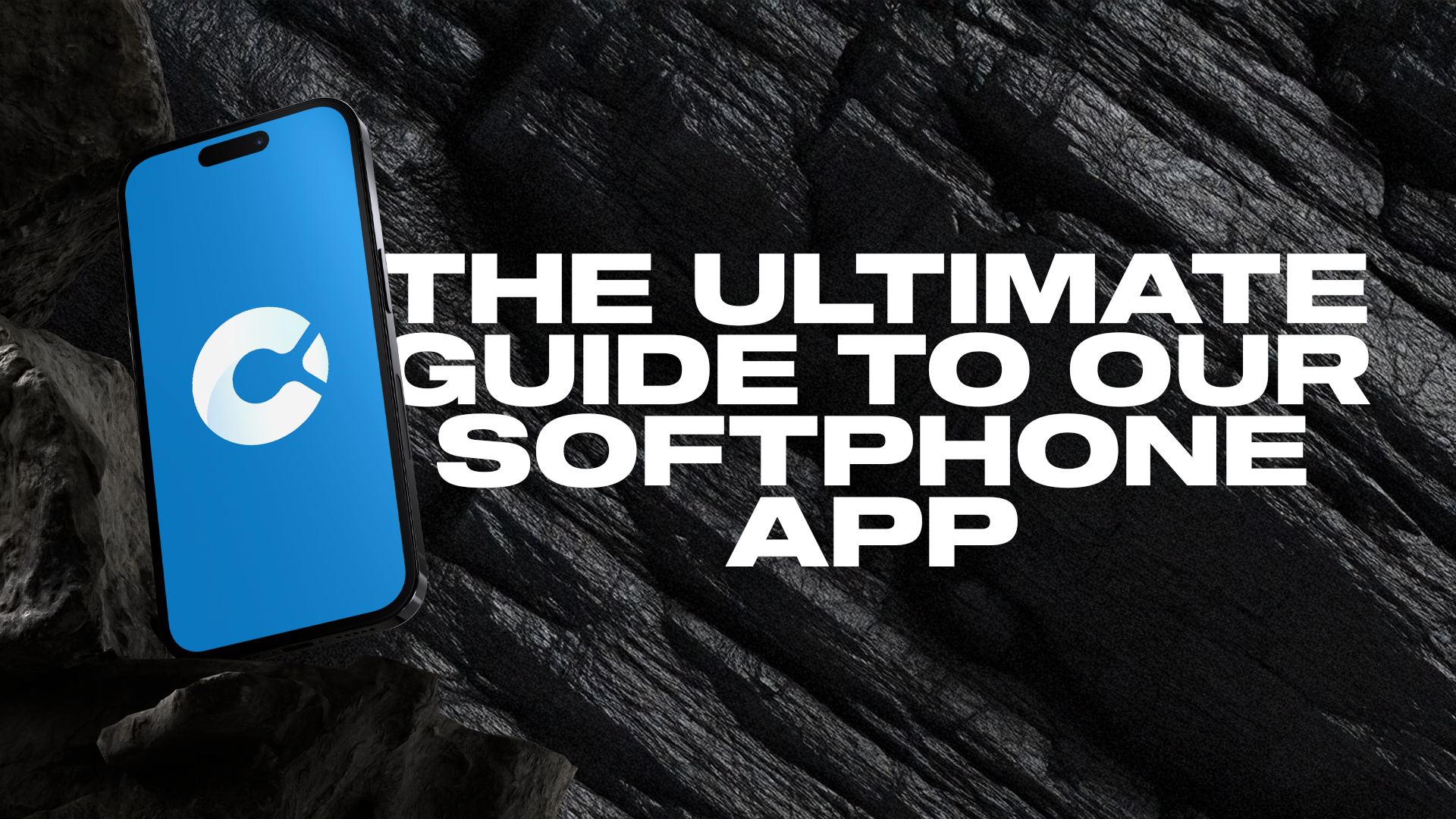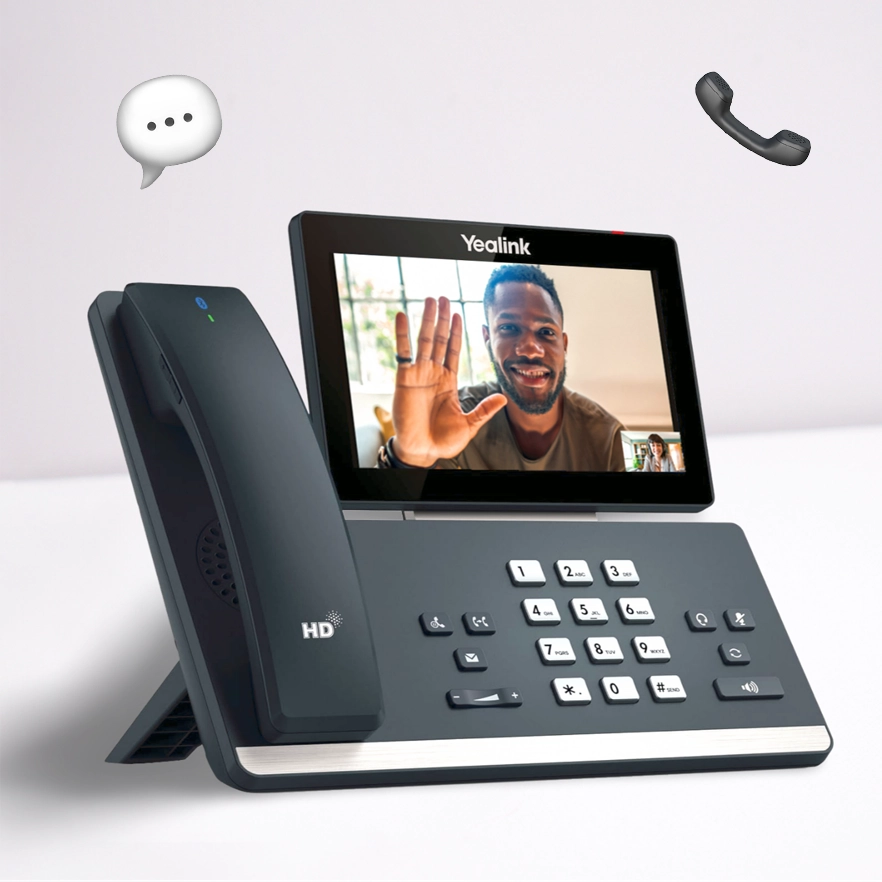Why VoIP suits hybrid and multi-site working
Cloud VoIP routes calls over the internet rather than copper lines, so users can take business numbers anywhere – HQ, branch, home or mobile. It scales per user, adds features (IVRs, hunt groups, call recording, analytics) and plugs into tools like Microsoft Teams and your CRM. Result: consistent service, lower costs, and simpler management.
Setup essentials (the quick blueprint)

Choose your platform
Pick a hosted VoIP service with UK numbering, softphone app and built-in analytics. Look for SSO, call recording, and easy number porting.

Connectivity per location
FTTP where available for speed and stability.
SoGEA where FTTP isn’t live (broadband without a phone line).
Leased line (Ethernet) for larger sites or contact centres that need guaranteed SLAs.
Remote users: ensure stable home broadband and provide a 4G/5G backup option.

Devices
Mix and match: softphones with headsets, Wi-Fi/IP desk phones for fixed roles, and mobile apps for on-the-go teams.
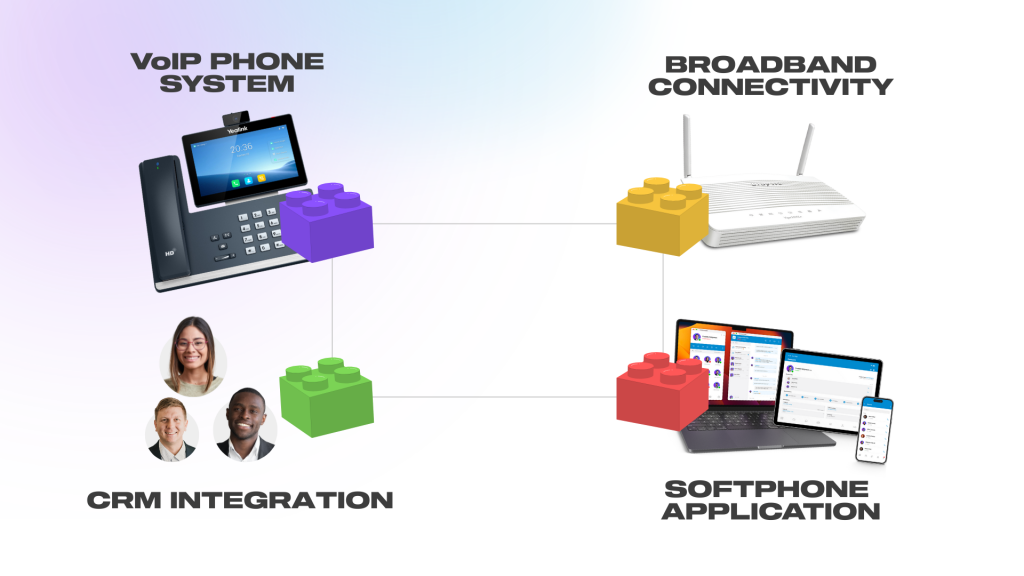
Call quality: practical steps that actually work
Bandwidth planning: Allow ~100 Kbps per active call (including overhead).
Prioritise voice: Enable QoS on the router (DSCP marking), give voice traffic priority, and separate with VLANs if possible.
Keep latency/jitter low: Aim for <150 ms one-way latency, <30 ms jitter, and <1% packet loss for clean audio.
Right codecs: Use Opus or G.711 for clarity and resilience on mixed networks.
Resilience: Add 4G/5G failover on site routers, and UPS power for ONT/routers so calls continue during brief outages.
Headsets matter: Certified noise-cancelling headsets dramatically improve call experience for remote users.
Multi-site routing that keeps customers happy
IVRs & time rules: Route by opening hours and departments; send overflow to the next site or remote team.
Skills-based ring groups: Prioritise agents with the right skills, regardless of location.
Presence & pickup: See who’s available across sites and pick up calls from anywhere.
Analytics: Track answer times, missed calls and call reasons per site to spot improvement opportunities.
Security and compliance (UK)
UK GDPR: If recording calls, define a lawful basis, tell callers they’re being recorded, and set retention/deletion policies.
PCI DSS: Use pause/resume or DTMF masking when taking card details so sensitive data isn’t stored in recordings.
FCA-regulated sectors: Ensure compliant recording, retention and retrieval where required.
Emergency calling (999): Register accurate location information for each site and have a plan for remote workers (e.g., prompt users to confirm location to responders).
Access controls: Enforce SSO/MFA, role-based permissions, and audit trails.
Integrations that save clicks
CRM pop-ups: Auto-open customer records on inbound calls; log notes and outcomes.
Teams & calendars: Click-to-call, presence sync, and voicemail to email/Teams.
Helpdesk & ticketing: Create or update tickets from call activity; tag call reasons for reporting.
Rollout plan (keep it smooth)
Discovery & audit: Numbers, users, call flows, recording needs, and any analogue peripherals to replace (faxes, alarms, PDQs).
Pilot first: Trial with a cross-section of users across sites and home offices.
Train & go-live: Short role-based sessions; quick guides and short loom-style videos.
Port numbers & optimise: Port in stages, review analytics after week one, then refine IVR and overflow rules.
How Zappie can help
We’ll assess your connectivity, design resilient call flows for every site, port your numbers, configure QoS, and integrate with Teams/CRM. Remote users get curated headsets, apps and guides – so everyone sounds great, everywhere.
Get in touch via the form below.






